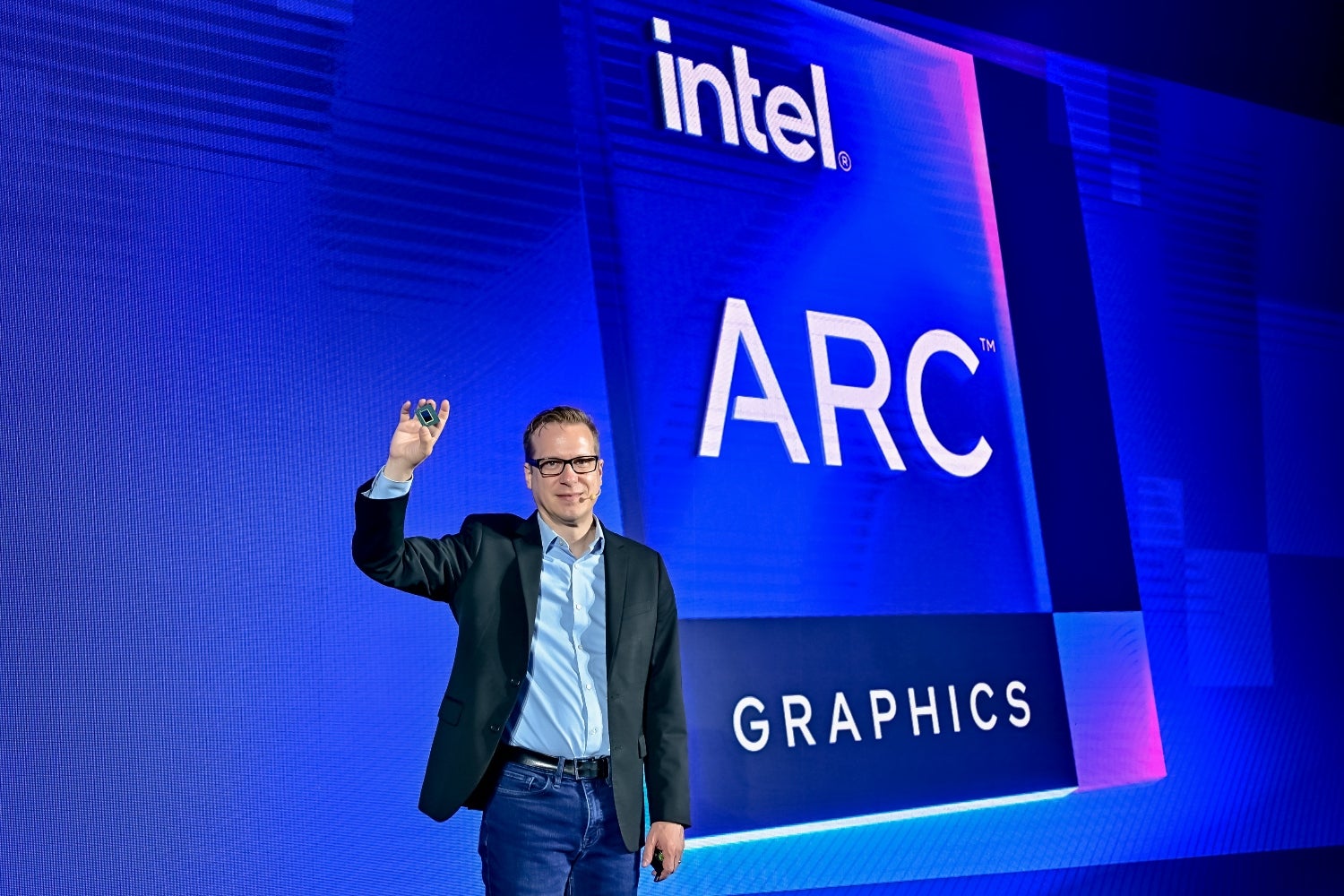
Today (8 August) Intel unveiled its first discrete graphics processing unit (dGPU), the Intel Arc Graphics for automotive.
The announcement came at the AI Cockpit Innovation Experience event in Shenzhen, China.

Access deeper industry intelligence
Experience unmatched clarity with a single platform that combines unique data, AI, and human expertise.
From 2025, Arc Graphics will be commercially deployed in vehicles, accelerating automobile technology and offering enhanced personalisation for manufacturers and drivers.
Jack Weast, vice president and general manager of Intel Automotive said: “China’s rapid electric vehicle development cycles and advanced technological adoption make it an ideal testing ground for our next-generation technologies.
“Intel’s strategy is to bring the power of AI into devices of every size and shape, and we’re thrilled to bring that expertise and our vast open AI ecosystem to the automotive industry.”
Personalisation is a key feature of the AI cockpit solution with powerful AI algorithms able to learn driver preferences.

US Tariffs are shifting - will you react or anticipate?
Don’t let policy changes catch you off guard. Stay proactive with real-time data and expert analysis.
By GlobalDataThe Intel AI event demonstrated technology that enables intuitive and personalised interactions among drivers, passengers and vehicles.
The world’s largest integrated digital chip maker was named as a market leader by research company GlobalData in its 2023 report on Autonomous Vehicles.
Intel was included among technology companies for its strengths in specialist autonomous modules, semiconductors and processors and autonomous driving systems.
The report states: “Intel can draw upon ample raw computing power and, via its acquisitions of field-programmable gate array (FPGA) leader Altera and on-chip AI operation Nervana, can bundle a lot of what is needed onto system-on-a-chip (SoC) circuits.
“Intel has been reinventing itself largely on the back of acquisitions. Intel and Mobileye are developing feature-rich ICs based on Intel’s multi-core Xeon microprocessors that incorporate on-chip or co-chip AI and even photonic cells.”
In 2017, Intel acquired an 84% stake in Mobileye marking one of the largest and most significant M&A transactions associated with the autonomous vehicle theme over the last six years.
Intel’s Thundersoft was also featured at the China event, a new UI with seven high-definition screens rendering 3D graphics, and six-in vehicle cameras and interactivity.







